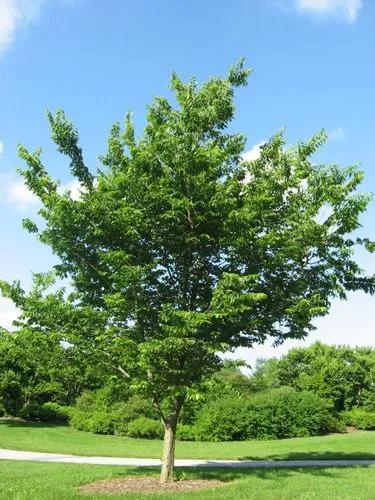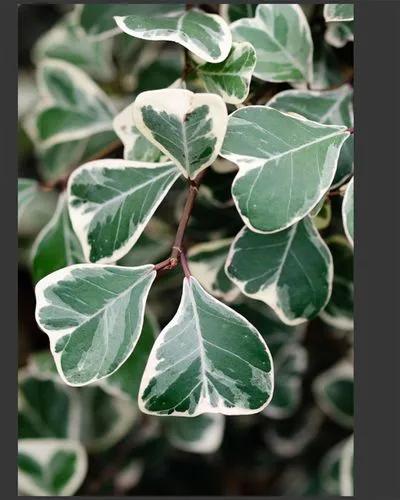Betula pubescens is a deciduous Tree growing to 20 m (65ft) by 10 m (32ft) at a fast rate. It is hardy to zone (UK) 1. It is in flower in April, and the seeds ripen from August to September. The species is monoecious (individual flowers are either male or female, but both sexes can be found on the same plant) and is pollinated by Wind. It is noted for attracting wildlife. Suitable for: light (sandy), medium (loamy) and heavy (clay) soils and can grow in heavy clay and nutritionally poor soils. Suitable pH: acid, neutral and basic (alkaline) soils and can grow in very acid soils. It cannot grow in the shade. It prefers dry moist or wet soil. The plant can tolerates strong winds but not maritime exposure.
Downy Birch Care
Betula Pubescens
Other names: +



Betula pubescens is commonly known as downy birch, with other common names including moor birch, white birch, European white birch or hairy birch. It is a deciduous tree growing to 10 to 20 m (33 to 66 ft) tall (rarely to 27 m), with a slender crown and a trunk up to 70 cm (28 in) (exceptionally 1 m) in diameter, with smooth but dull grey-white bark finely marked with dark horizontal lenticels. The shoots are grey-brown with fine downy. The leaves are ovate-acute, 2 to 5 cm (0.8 to 2.0 in) long and 1.5 to 4.5 cm (0.6 to 1.8 in) broad, with a finely serrated margin. The flowers are wind-pollinated catkins, produced in early spring before the leaves. The fruit is a pendulous, cylindrical aggregate 1 to 4 cm (0.4 to 1.6 in) long and 5 to 7 mm (0.2 to 0.3 in) wide which disintegrates at maturity, releasing the individual seeds; these seeds are 2 mm (0.08 in) long with two small wings along the side. Betula pubescens has a wide distribution in northern and central Europe and Asia. Its range extends from Newfoundland, Iceland, the British Isles and Spain eastwards across northern and central Europe and Asia as far as the Lake Baikal region in Siberia. The range extends southwards to about 40°N, its southernmost limit being Turkey, the Caucasus and the Altai Mountains.It is a pioneer species which establishes itself readily in new areas away from the parent tree. This allows other woodland trees to become established and the birch, a short-lived tree, eventually gets crowded out as its seedlings are intolerant of shady conditions. Downy birch extends farther north into the Arctic than any other broadleaf tree. Specimens of the subarctic populations are usually small and very contorted, and are often distinguished as arctic downy birch or mountain birch, B. p. var. pumila.This variety is notable as being one of very few trees native to Iceland and Greenland, and is the only tree to form woodland in Iceland. At one time the island is thought to have been covered in downy birch woodland, but that cover is reduced to about one percent of the land surface today.
How to Care for the Plant

Popularity

431 people already have this plant 74 people have added this plant to their wishlists
Discover more plants with the list below
Popular articles






